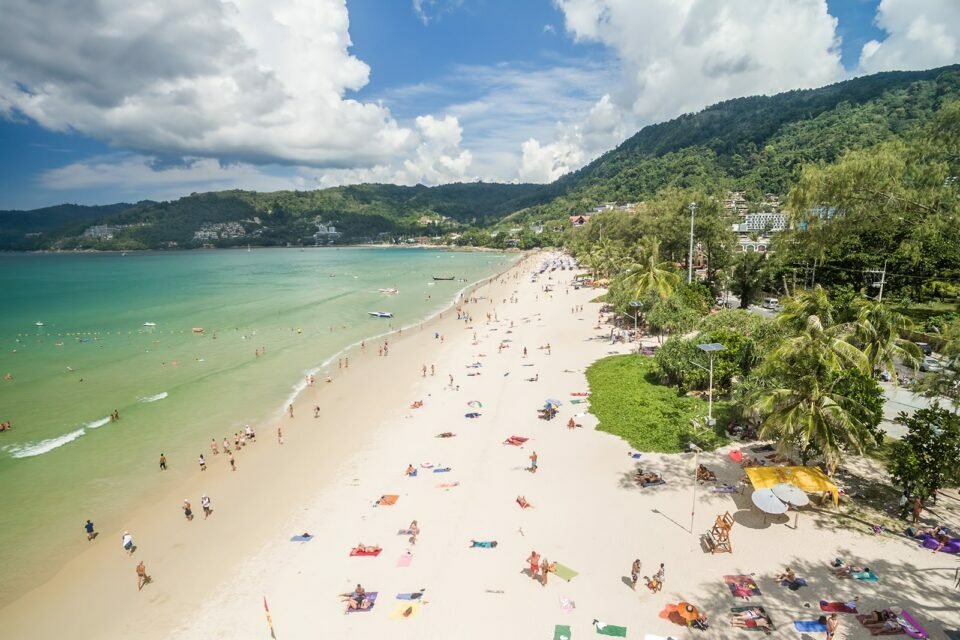As Thailand’s tourism industry makes a strong recovery following the lifting of travel restrictions and reopening of borders, business operators are finding themselves with a new challenge — a shortage of staff to meet the surge in demand.
The robust growth is marked by Saturday’s event at Suvarnabhumi airport, where Prime Minister Prayut Chan-o-cha will extend a personal welcome to this year’s 10 millionth visitor, to celebrate the nation’s success in meeting its visitor arrivals target for 2022.
The Tourism Authority of Thailand (TAT) expects tourist arrivals to reach 18 million next year, or as many as 25 million if China loosens its restrictions, with Thailand believed to be among the first destinations for Chinese travellers.
However, the tourism industry and related businesses are saddled with a labour shortage as many of the workers forced to leave the industry during the Covid-19 pandemic have not returned.
Finance Minister Arkhom Term- pittayapaisith admitted that a labour shortage is a serious challenge for the nation’s economic growth because those who left the formal sector have decided to stay out of it.
Some became freelancers, while others turned to farm work. Many ventured into e-commerce, and they are all unlikely to return as full-time employees. The problem may worsen as Thailand becomes an ageing society and its workforce shrinks.
Marisa Sukosol Nunbhakdi, president of the Thai Hotels Association, said that according to the hotel business operator sentiment index in October, the employment rate recovered to 72.3% of its pre-pandemic level and this was in part due to a manpower shortage.
About 51% of those surveyed ranked a labour shortage and a lack of skilled staff as major limitations that might keep them from delivering services at full capacity in the last quarter.
Other factors were a lack of capital to renovate and expand businesses, partial opening of tourist destinations and higher operations costs.
However, 23% of them said they had no limitations and were up to the task of offering complete services.
Phuket, for example, is feeling the pinch of a labour shortage.
Narong Woonciew, the provincial governor, said travel is back in full swing after the lifting of Covid-19 restrictions, but several operators are unable to cope with demand due to a lack of available staff.
Based on figures from the Tourism Authority Office in Phuket, almost 120 billion baht circulated in the local economy during the first ten months of this year.
The occupancy rate in October was 57% and rose to 70% in November, he said, adding that the occupancy rate is expected to reach 70%-85% this month.
However, the province’s tourism industry is short of workers, especially in hotels and related services.
Front-desk staff, food and beverage service workers and spa massage therapists are among those who are the most sought-after.
Citing the province’s employment office, there are 17,173 job vacancies in the province and those interested can register and apply via the Thai Mee Ngan Tham (Thais Have Jobs) platform, said the governor.
Phuket’s daily minimum wage is 354 baht, the highest rate also approved for Chon Buri and Rayong, plus other welfare benefits.
Kritsada Tansakul, an adviser to the southern chapter of the Thai Hotels Association (THA), said tourist arrivals during the last quarter were higher than expected, with the number of visitors passing through being around 340,000 per day.
The province logged an average of 224 flights per day in November with seven domestic airlines and 36 international airlines. At its peak, the province logged 450 flights in one day.
He said the industry was unprepared for the growth even though they expected the sector to recover.
“There are high demands for workers in the service sector. This is a pressing issue we have to deal with as the New Year festivities are approaching,” he said.




